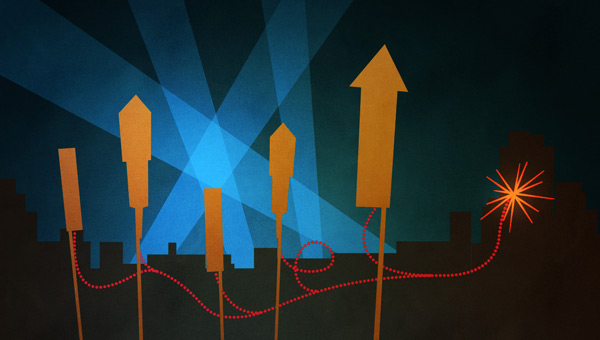Professor Andrew Hopkins‘ frequent appearances at safety conferences are always fascinating as he does not simply trot out the same presentation each time. He is certainly not a priest with the same 52 sermons each year.
At the Building Safety conference Hopkins spoke briefly about mindfulness but grounded this in how executives and others should inspect a worksite and what questions to ask. He discussed audits also but there will be more on that in another article.
Hopkins insisted that executives should show leadership and begin to satisfy their positive OHS duty and their due diligence obligations by walking their worksites, talking with their workers and, most importantly, listening to the answers. There are no hard and fast rules or guidelines on the frequency of these visits but he said that the executives should NOT be accompanied. Having a phalanx of execs in pristine PPE approaching a work group puts the workers on guard and makes them self-conscious. Continue reading “The practical manifestation of safety leadership”


